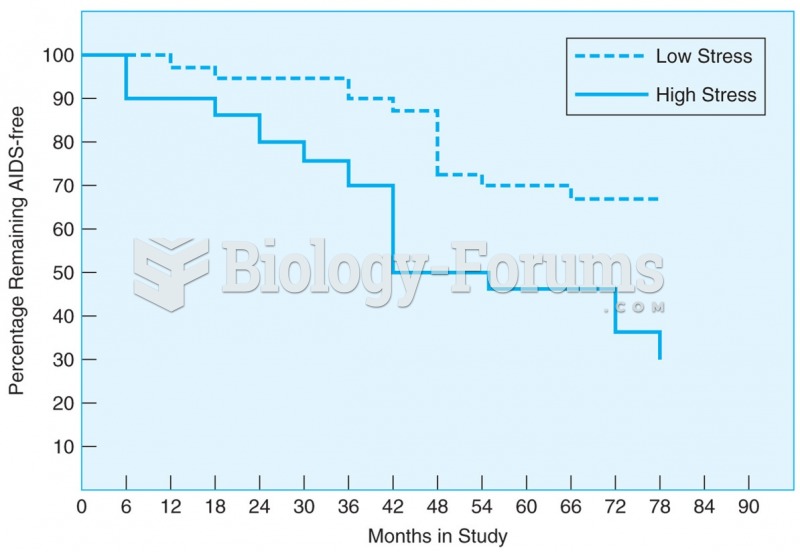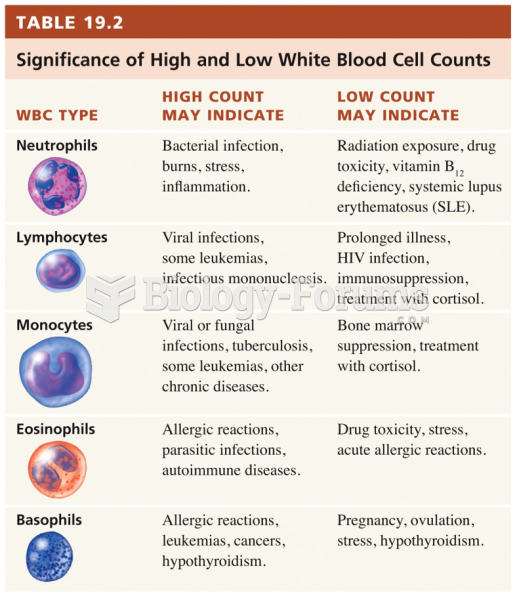The risk factors for stroke include _____.
a. short-term high blood pressure
b. living in poverty
c. Caucasian ethnicity
d. caffeine
e. a history of migraines
Question 2
Brian is a 21-year-old Caucasian student who is in his last year of college. Though he is a good student, it has been Brian's practice since freshman year to binge drink on weekends, typically consuming more than a six-pack of beer on Friday and Saturday nights. Brian is 5'11 tall; has weighed about the same, 195 lbs., for the past few years; and is fairly muscular and athletic in his build. He eats most meals in the cafeteria, but despite access to homemade foods, he eats few vegetables, fruits, and whole grains, and his diet is high in fat and salt. The only snacks he consumes are from the vending machine, and he usually washes down a bag of corn chips with a soda, or grabs a burger, fries, and beer when out on weekends. He doesn't take any medications and has no significant medical history. A recent physical examination in preparation for basketball season revealed no remarkable physical findings except muscle aches since restarting weight lifting and new-onset stomach pain, which the doctor assesses to be gastritis. A lipid profile found his triglycerides and VLDL cholesterol to be elevated. His blood pressure is slightly elevated. He has a family history of hypertension, stroke, and alcohol abuse.
The doctor addresses alcohol consumption when obtaining Brian's dietary history, noting that binge drinking could be a cause of:
a. gastritis.
b. hypertension.
c. muscle pain.
d. both a and b
e. both b and c







